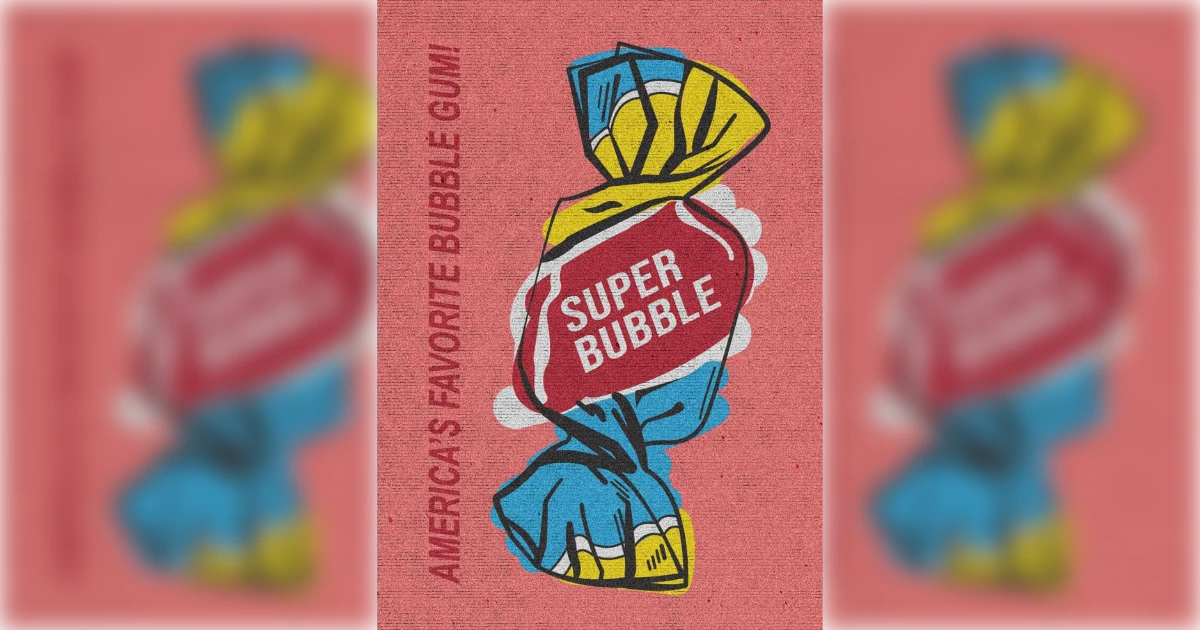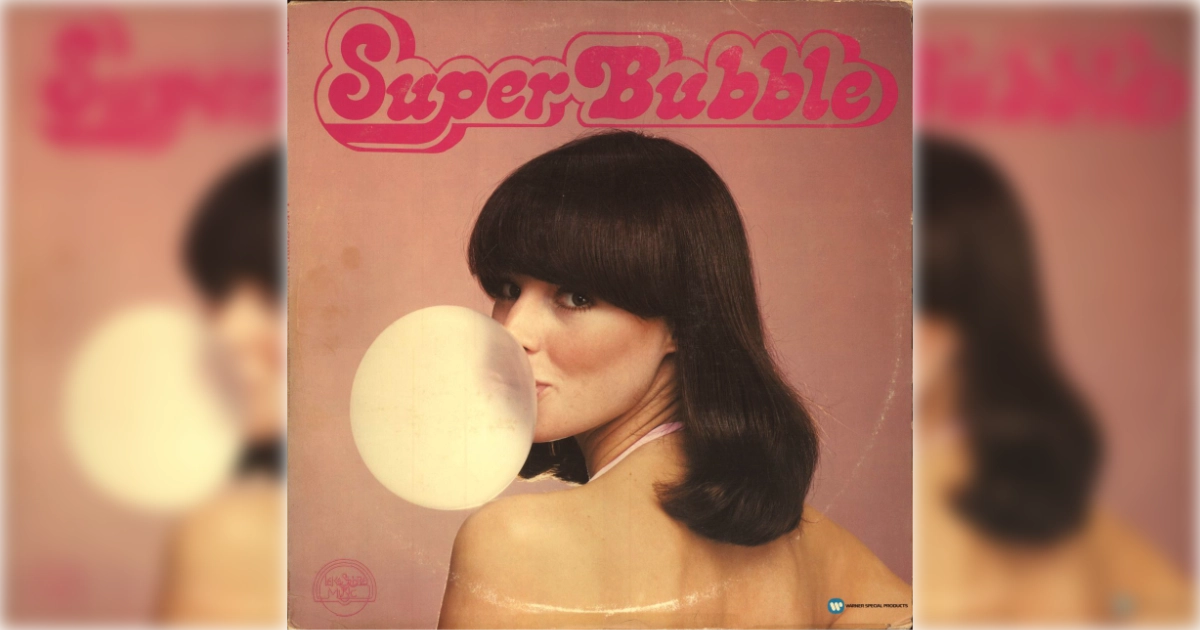.webp)
© History Oasis
In 1946, two entrepreneurs in Memphis, Tennessee, were about to create something that would delight children for nearly eight decades. This is the story of Super Bubble.

In the 1940s, Douglas Thomas and Donald Wiener created what would become the first individually wrapped bubble gum.
They called it “Bub’s Daddy.”
The first iteration of this bubble gum was wrapped in wax paper and sold for just five cents.
But success in the candy business is not easy in the long term. By 1948, competition was heating up.
Dubble Bubble and Bazooka were making serious moves in the market, forcing Thomas and Wiener to drop their price to just one cent.
The penny candy worked well, and Bub’s Daddy found its way into corner stores and candy shops across America.

In 1954, when D.J. Thomas decided to cash out, he sold his stake to the Wiener brothers. Donald and Russell Wiener, combining their first names, renamed the company Donruss.
The brand would become legendary not just for gum, but for baseball cards.
During the 1960s and 70s, Bub’s Daddy evolved into something special.
It came in long, rope-like sticks of bubble gum about 16 inches long, available in flavors like watermelon, grape, and a spicy “Red Hot” cinnamon.
The gum became famous for never losing its flavor. Imagine sticking a used-up piece on your bedpost overnight, and it would still be good to chew the next morning.

In 1969, General Mills acquired Super Bubble, bringing lots of resources but also bureaucracy.
The brand would change hands multiple times over the following decades, from General Mills to the Finnish conglomerate Huhtamäki, then to Hershey, and eventually to Farley’s & Sathers.
In 2012, when Farley & Sathers merged with Ferrara Pan to become Ferrara Candy Company, it seemed like Super Bubble had found its permanent home.
Ferrara, with roots dating back to 1908 in Chicago’s Little Italy, understood the importance of tradition in the candy business.
For over a decade, Ferrara continued producing Super Bubble using that same 1940s recipe, marketing it as “the all-time champ of chomp.”
But this chewing gum was now individually wrapped in wax paper with twisted ends, maintaining that retro charm that connected modern kids with generations past.
Sadly, in 2022, Ferrara quietly made a decision that few noticed. They stopped producing Super Bubble and Fruit Stripe gum. The machines went silent, but existing inventory continued flowing to stores.
The official announcement came in January 2024. Brian Camen, a Ferrara spokesman, delivered the news that candy lovers had been dreading: “We have made the difficult decision to sunset Fruit Stripe Gum and Super Bubble.”